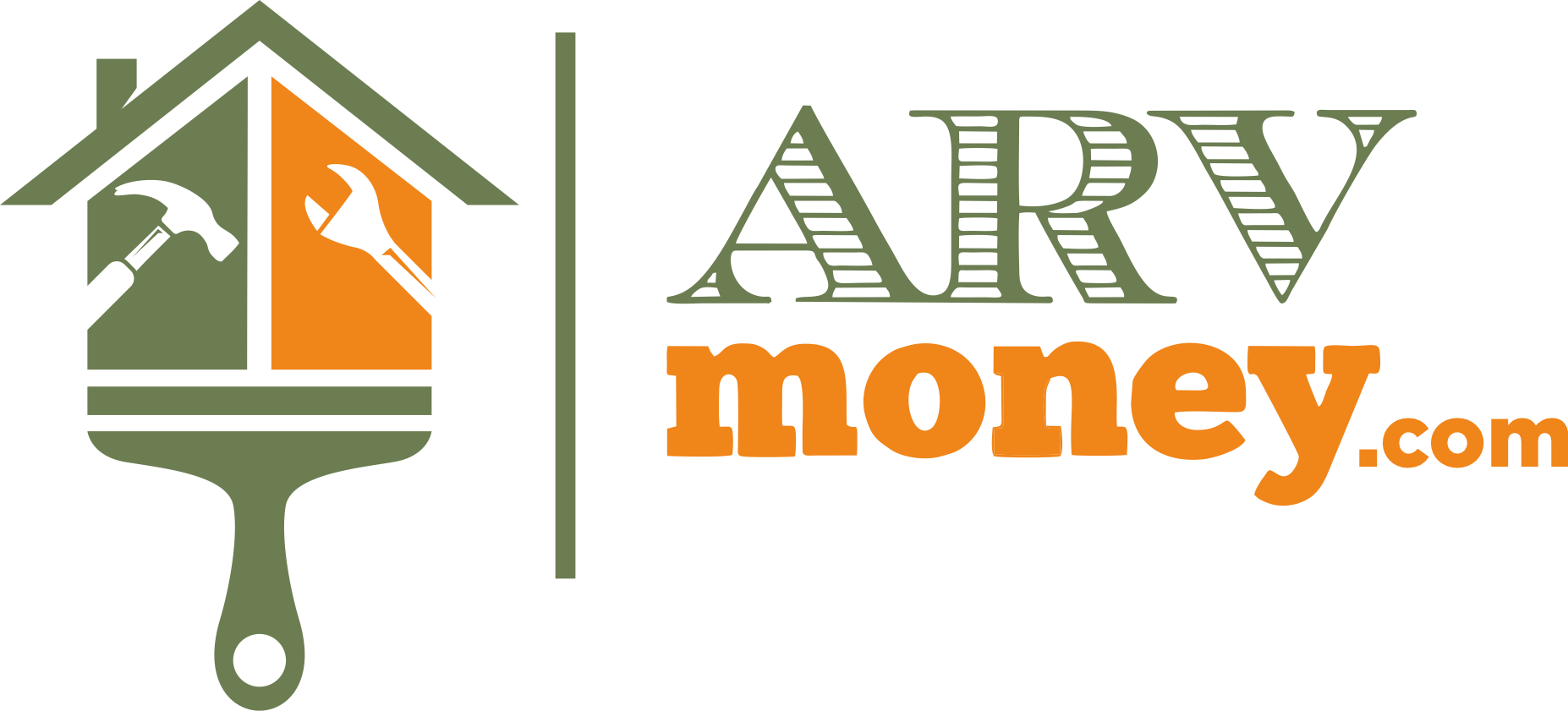Fix and flip projects are all about maximizing the value of a property to achieve the best possible return on investment. ARV (After Repair Value) funding is a crucial aspect of these projects, providing the necessary capital to purchase, renovate, and sell homes. However, one often overlooked but essential component of a successful fix and flip project is obtaining the right property insurance. Proper insurance coverage is critical for protecting your investment and ensuring that unexpected events don’t derail your project.
Understanding ARV Funding
Having the right property insurance in place can protect the investment made through ARV funding. Without adequate insurance, investors are at risk of significant financial losses if the property is damaged or if there are liabilities during the renovation process.
The Benefits of Better Property Insurance for Fix and Flippers
Securing comprehensive property insurance offers numerous benefits for fix and flippers:
- Protection Against Unexpected Events: Renovations often come with unforeseen challenges such as accidents, natural disasters, or vandalism. Proper insurance coverage ensures that these events do not result in significant financial setbacks.
- Financial Security: Better insurance provides a safety net that can cover repair costs, legal fees, and other expenses that might arise during the renovation process.
- Peace of Mind: Knowing that the property is adequately insured allows investors to focus on the renovation work and the eventual sale without the constant worry of potential risks.
By referencing reputable sources like insurance industry reports, the benefits of better property insurance become clear, underscoring its importance in the fix and flip process.
Key Elements of Effective Property Insurance
Effective property insurance for fix and flippers should include several key components:
- Comprehensive Coverage: This should cover a wide range of risks, including property damage, theft, vandalism, and liability.
- Builder’s Risk Insurance: This type of insurance is specifically designed for properties under renovation, covering damage to the structure and materials on site.
- Liability Coverage: This protects against legal claims resulting from injuries or accidents that occur on the property.
For those on a budget, it’s possible to tailor an insurance policy to fit specific needs and risks. Consulting with an insurance professional can help identify the best coverage options for your particular project. Articles from insurance experts and industry blogs offer great tips on selecting the right property insurance.
Common Mistakes to Avoid When Insuring a Fix and Flip Property
Even with the best intentions, some common insurance mistakes can leave investors vulnerable:
- Underinsuring the Property: Not having enough coverage can lead to significant out-of-pocket expenses in the event of a major incident.
- Ignoring Liability Risks: Failing to include liability coverage can result in costly legal fees and settlements if someone is injured on the property.
- Not Updating the Policy: As renovations progress, the value and risk profile of the property change. It’s important to update the insurance policy accordingly.
Solutions to these challenges include working closely with an insurance agent to ensure comprehensive coverage, regularly reviewing and updating the policy, and thoroughly understanding the terms and conditions of the insurance contract.
Getting better property insurance is a critical step for fix and flippers aiming to protect their investment and ensure the success of their project. It provides a safety net against unexpected events, offers financial security, and allows investors to focus on their work without undue stress. By securing comprehensive insurance coverage and avoiding common mistakes, investors can safeguard their projects and maximize their returns.
Ready to take your fix and flip project to the next level? Start your approval process with ARVmoney today and secure the funding you need to succeed.

